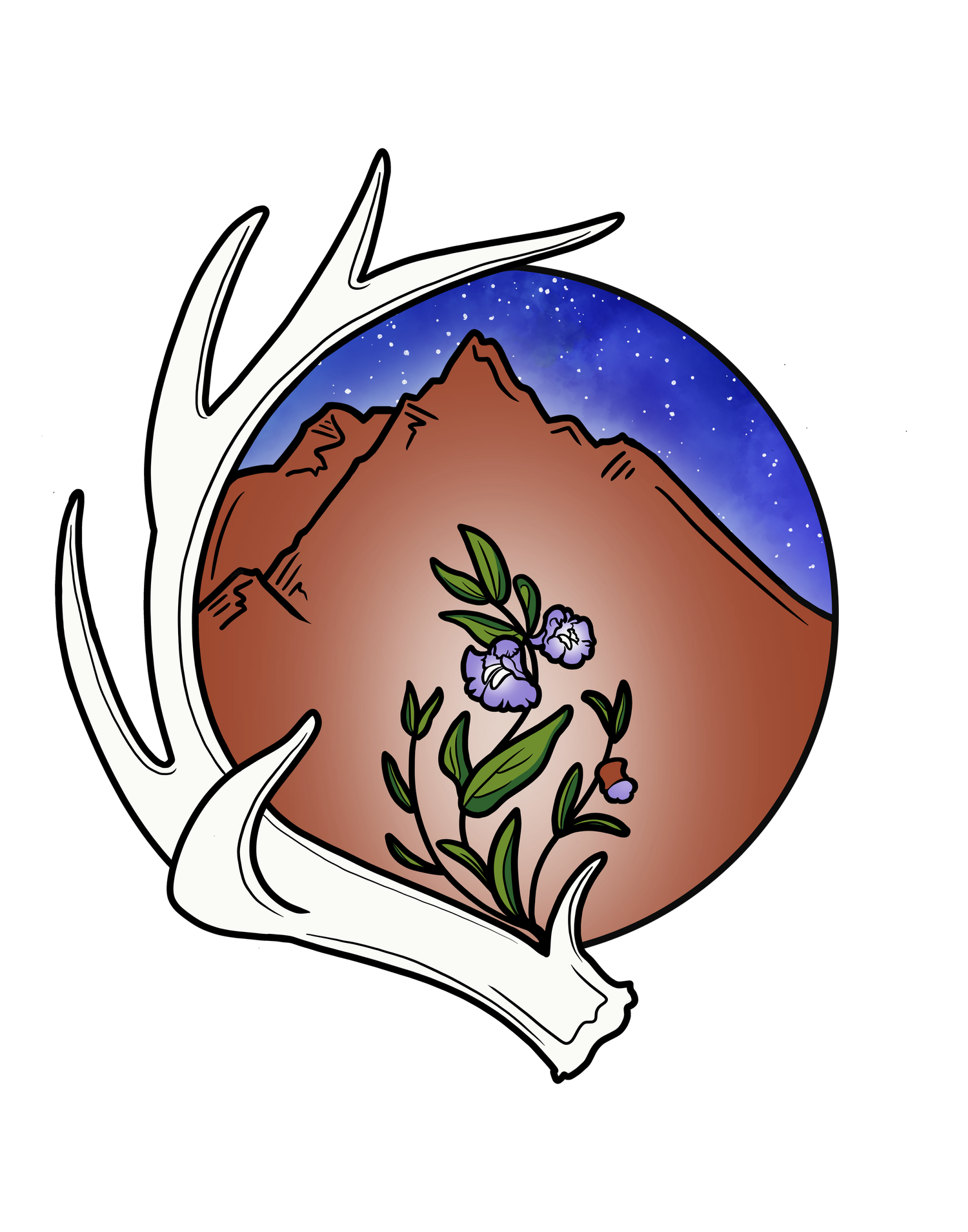Marvelous Maples
Pancakes. Fall. Canada.
None of these would be quite the same without maple trees. From delicious syrup, to habitat for a host of native critters, maple trees are just plain magical.
If you have ever seen the Canadian flag, then you know exactly what a maple leaf looks like. In botanical nerd speak, that leaf pattern is called palmatifid. Hold up your hand to a maple leaf, and you’ll see it has roughly the same form as your splayed fingers (or ‘palm’).
As a kid you’ve probably played with the seeds of maples, technically known as samaras. Looking like the wings of some sturdy though apparently unlucky insect, the papery sheath that covers the seed helps insulation and dispersal. You’ll find these littered in parking lots, sidewalks, and just about everywhere else come August-September.
The fall colors of Maple leaves get all the attention, but though smaller, the flowers are just as spectacular. Miniscule and prolific, many New England valleys are turned a dusky red in early spring, mainly due to all of our red and swamp maples.
While red tends to be the most obvious, these tough little tree flowers come in a variety of shades. From verdant green to bright orange-peach, maples flowers would look quite at home on some tropical island.
There are 20 or so native species of Maple in the US, one of the most famous being Acer saccharum, the Sugar Maple, so called for the high sugar content of it’s sap. This is where the maple syrup comes in.
Due to a magical process of sap pressure and trapped gases, maple sap flows most freely on warm days following below-freezing nights. Old timers will take a sniff of the air (and maybe a peek at the weather channel), and begin setting up buckets or hoses to capture the sap sometime in early spring.
It takes about 40 gallons of maple sap to make 1 gallon of syrup. Now, this may sound like a lot of sap. But when you consider that other trees, such as grey birch, take 100 gallons or more to make the same amount of syrup, it turns out to be a pretty good deal.
But humans are not the only ones satisfy their sweet tooth with these trees.
Maples are host to a huge amount of bird and animal life, providing both food and habitat. But one of their most interesting relationships is with Yellow Bellied Sapsuckers and the Ruby Throated Hummingbirds.
Migrating sapsuckers will patiently peck row after row of holes in the trees bark and feed on the rising spring sap and the insects that are drawn to it. And right behind are the hummingbirds who rely on the pilfered sap from these trees until their usual food source of nectar producing flowers start to bloom.
Just think, the next time you’re digging into some waffles, you’ve probably shared your syrup with a hummingbird:)
How to Learn More
OR
